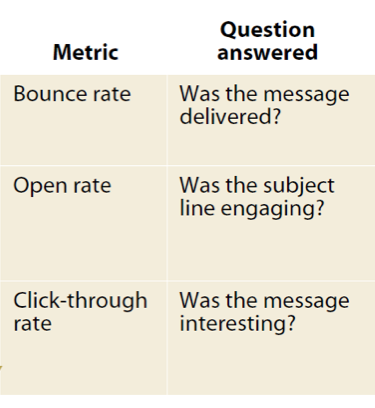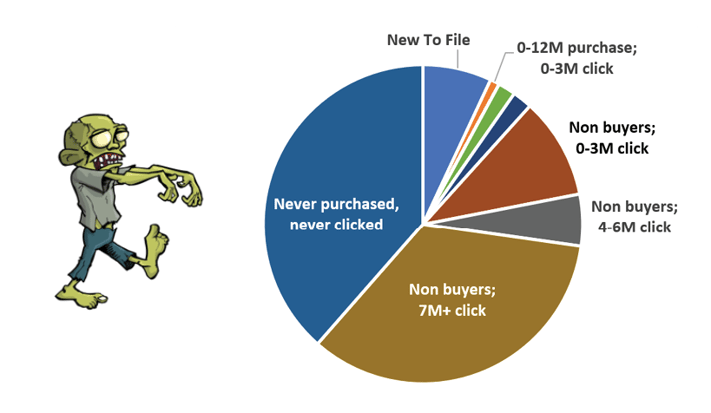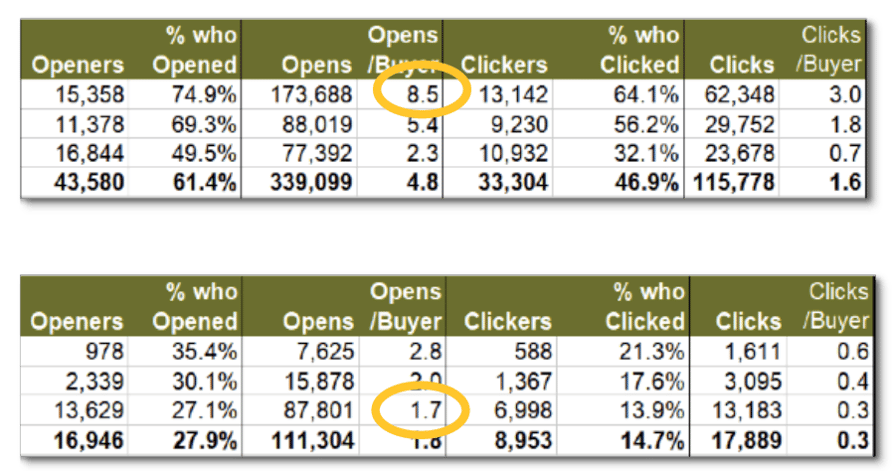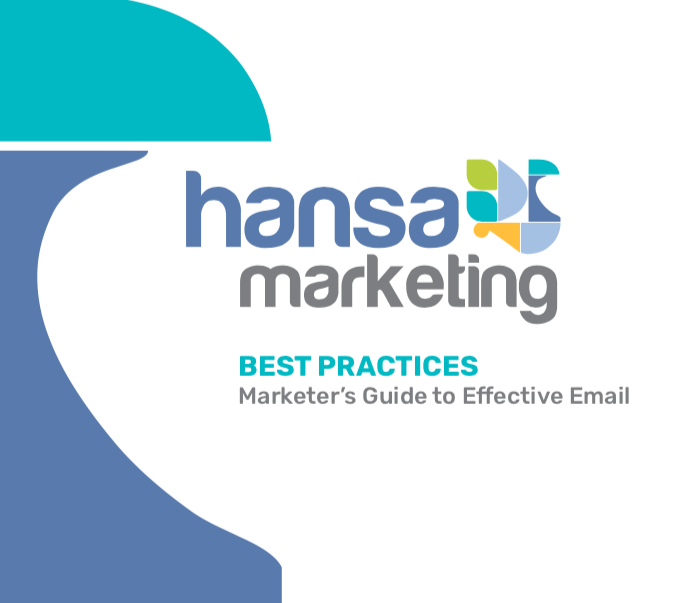Marketers Guide to Effective Email: Part 5
Analytics is the key to an effective email marketing program. Email campaign analytics usually have numbers for the basics including:
- Deliverability Rate (and its evil twin Bounce Rate)
- Open Rate
- Click-thru Rate
- Conversion Rate
- Revenue
Effective email marketers measure success beyond opens and clicks. They are more interested in open-ers than opens; click-ers than clicks. They want to know how email affects business outcomes and customer behavior and Analytics is the focus of part five of our series Marketer’s Guide to Effective Email:
- Ease of user sign up/opt-in process and what brands do next
- Valuable and relevant content, not just more spam added to the pile
- A culture of continuous testing
- Integration with mobile, other digital channels and offline campaigns
- Measurement beyond opens and clicks
Measure email effectiveness
Email has several key metrics that answer interesting questions such as:

But email has always been customer centric by definition; the presence and utility of the email address is proof. So why stop at operational metrics? The best email marketers go beyond opens and clicks and analyze:
- Who is clicking? Are these brand-new subscribers or our most loyal customers?
- Where are customers in their lifecycle with the brand?
- How much value have they given the firm so far (Historical Customer Lifetime Value)?
- What is their trajectory of spend and value (Projected CLTV)?
- What do they buy? In what sequence?
- What else do we know about them? Are they part of a household or business that already knows us? What is influencing their purchase? What data adds context (life event)?
Notice how each of these questions go beyond campaign performance to effectiveness of email as a program. To illustrate, it’s interesting to find high value customers that don’t want to be communicated by email. That doesn’t mean they stopped buying and it doesn’t mean we should stop selling to them (just do it in other channels).
Measure customers not clicks
Most email subscriber bases include tons of zombies. They bloat the circulation and catch the wary eye of spam cops at the Internet Service Providers (ISPs). Notice how “buyers” are a tiny minority of this brand’s email subscriber list:

Email subscribers are people, not email addresses. Many brands are surprised to realize how much their subscribers are being pummeled when you add up content emails, promotional emails, triggered emails. This only multiplies when they work at a large company without rules in place to govern who talks to a customer when.
You might be surprised yourself. Take a look at this real example of a brand that blasts emails out to everyone who has an email address:

The 0-3 month buyers get the most emails (about 30 each) …

…but so do the customers who haven’t purchased in 4 years
By contrast, the performance is much different. Compare the open-ers in the best segment to the worst and you’ll see that the best will open 8.5 emails versus the worst that open 1.7).

Who are these customers? What happened after the email? That’s where loyalty, tenure and CLTV come into play. And this affects all channels, since the highest value customers show up in the greatest number of channels. How would this affect your digital display strategy? Who you choose to onboard to Data Management Platforms (DMPs) and Google’s Customer Match to acquire new customers through lookalikes and in-market segments?
When it comes to email analytics, here is our ranking, based on our experience with hundreds of email marketers:
Good: Email analytics measures circulation delivered, opens and clicks as well as e-commerce sales and soft conversions (like filling out a form)
Better : Email analytics uses leading indicators like web analytics and has the ability to attribute offline responses back to email program (using a matchback technique)
Best: Email analytics measures customers not campaigns (Lifetime value, "clickers" not "clicks")
Get the entire Marketer's Guide to Effective Email
WHO IS HANSA?
Hansa is a marketing communications agency that integrates insights and engagement. When clients work with us, they solve business problems and prove that marketing works.






